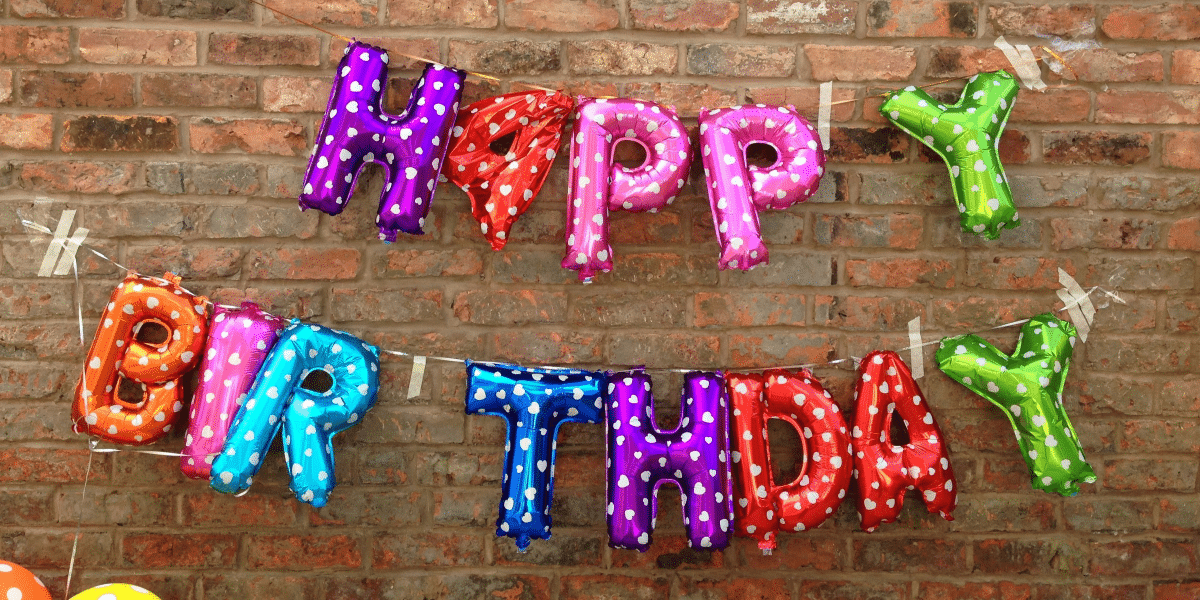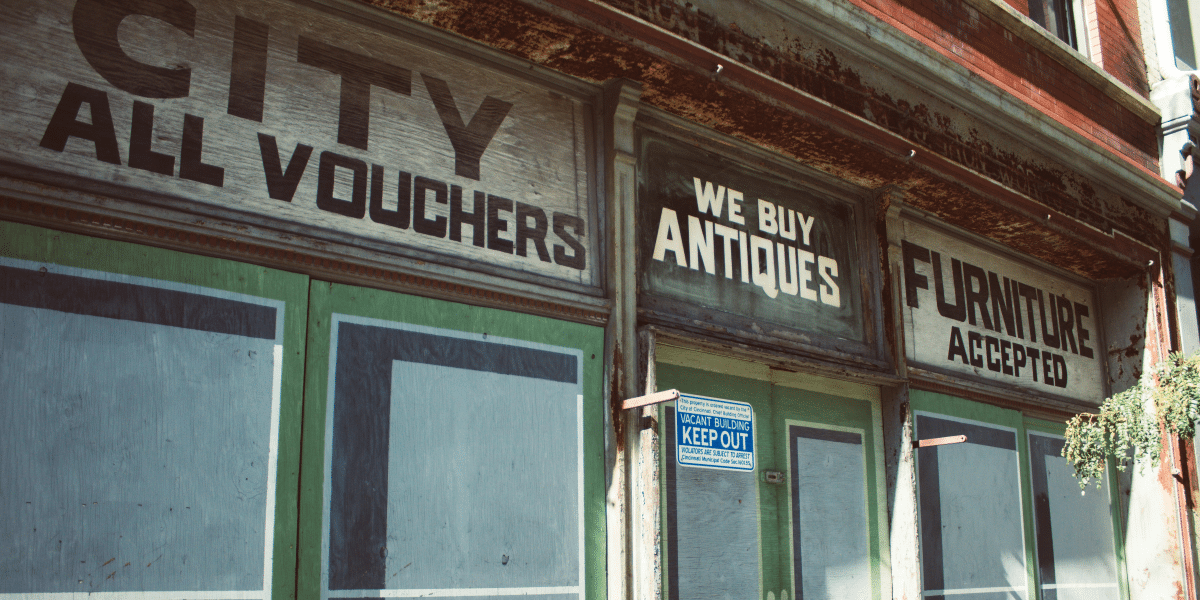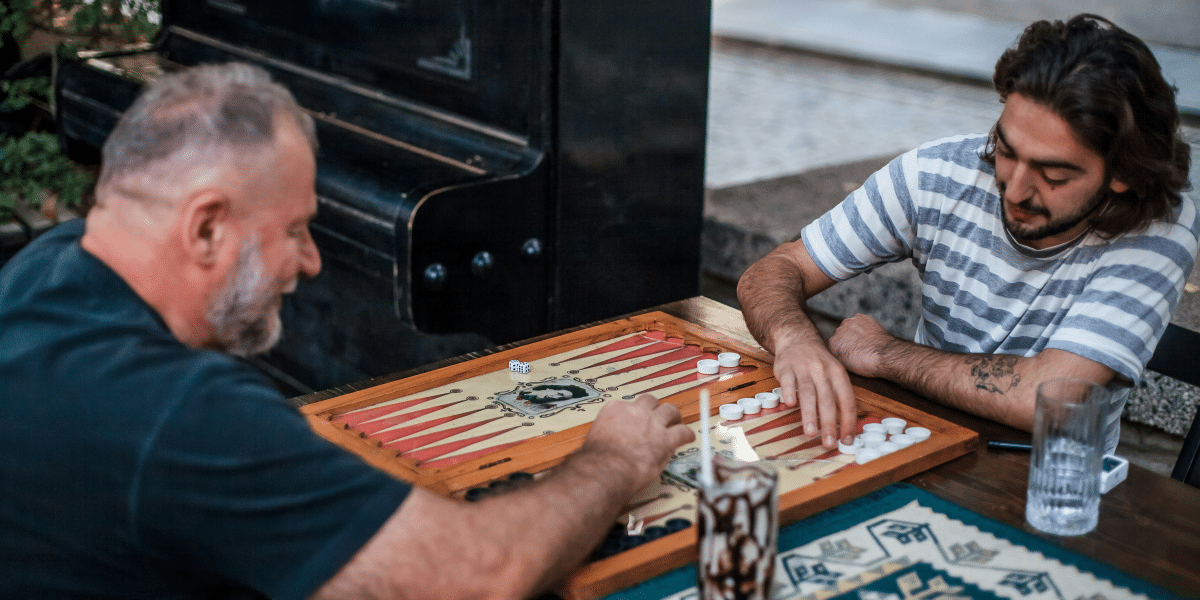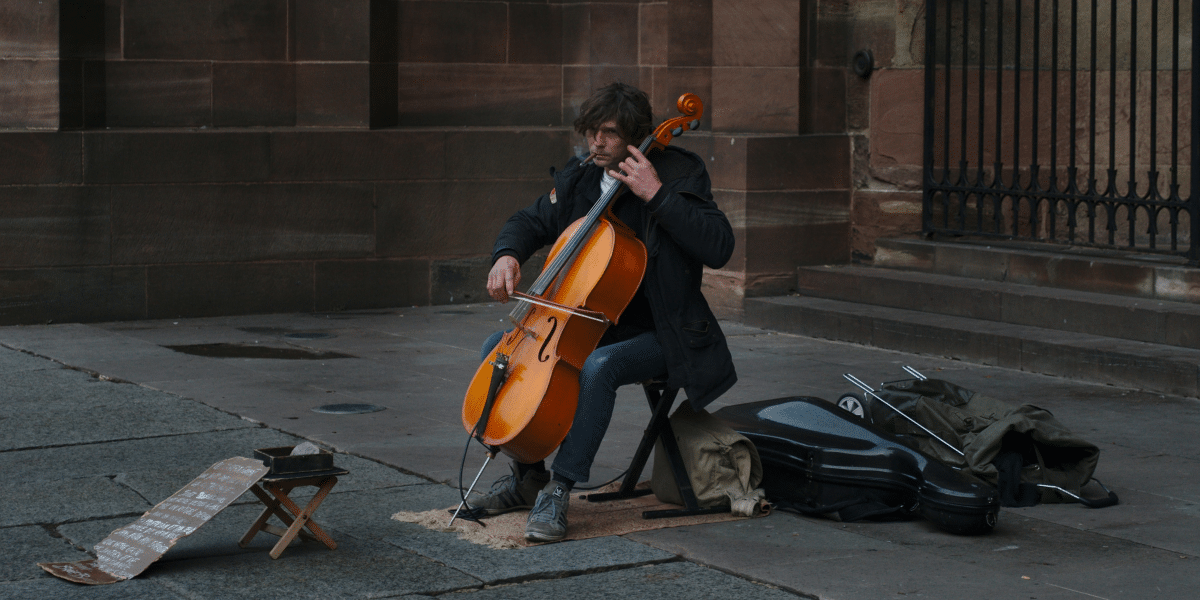Across the United States, vibrant Japantowns stand as testaments to Japanese American heritage, resilience, and cultural exchange. These historic neighborhoods, while dwindling in number, offer immersive experiences. Visitors can savor authentic cuisine, discover traditional crafts, and witness the enduring strength of a community that has faced both discrimination and celebration.
A Brief History of Japantowns
The first Japanese immigrants arrived in the US in the mid-19th century, settling primarily on the West Coast. Communities began to flourish, creating ethnic enclaves where traditions could be maintained and businesses thrived. These became known as Japantowns or Nihonmachi (“Japan Town”).
Sadly, the forced internment of Japanese Americans during World War II decimated many of these neighborhoods. After the war, only a few were able to fully rebuild. Today, just three major Japantowns remain in the United States: in San Francisco, San Jose, and Los Angeles. These historic districts serve as crucial touchstones for Japanese American culture and offer a glimpse into Japanese traditions for the broader public.
Exploring a Modern Japantown
While each Japantown boasts a distinct personality, here’s what you’re likely to discover:
- Cuisine Beyond Sushi: While sushi spots abound, Japantowns offer a deeper dive into Japanese food. Seek out steaming bowls of ramen, homestyle donburi rice bowls, delicate wagashi (traditional sweets), and regional specialties rarely found outside Japan.
- Unique Shopping: Browse shops specializing in Japanese ceramics, handcrafted stationery, anime and manga collectibles, kimono fabrics, and quirky imported snacks.
- Traditional Arts and Crafts: Japantowns may host demonstrations of taiko drumming, calligraphy, tea ceremonies, or seasonal festivals highlighting Japanese arts and culture.
- Architectural Details: Look for architectural elements like traditional gates (torii), Japanese gardens, and historic buildings with signage evoking a sense of stepping into another world.
- Community Hubs: Japantowns are more than just tourist spots; they are vital anchors for the Japanese American community. They often house cultural centers, temples, and organizations that preserve heritage and offer support services.
San Francisco Japantown: A Legacy Endures
One of the oldest and largest Japantowns, San Francisco’s neighborhood boasts a rich history:
- Peace Pagoda: This five-tiered concrete pagoda, a gift from San Francisco’s sister city Osaka, is a symbol of peace and a striking landmark within the Japantown Peace Plaza.
- Japan Center Malls: These expansive indoor malls are a treasure trove of Japanese restaurants, shops, and cultural exhibits.
- Annual Festivals: Don’t miss the vibrant Cherry Blossom Festival in the spring or the Nihonmachi Street Fair celebrating Japanese American culture.
Japantowns face the pressures of gentrification, rising costs, and an aging Japanese American population. Supporting these living historic districts is vital:
- Shop and Dine Local: Support the family-owned businesses run by Japanese Americans that are the lifeblood of Japantown.
- Attend Events and Festivals: Immerse yourself in the community’s cultural celebrations throughout the year.
- Learn the History: Understand the struggles Japanese Americans faced and how Japantowns persevered as symbols of resilience.
Experiencing a Japantown means more than just sightseeing. It’s engaging with history, savoring authentic flavors, appreciating time-honored traditions, and supporting a community that has woven itself into the fabric of American cities. Whether you’re seeking delicious eats, unique finds, or a deeper cultural connection, a visit to Japantown offers a journey without leaving the country.












